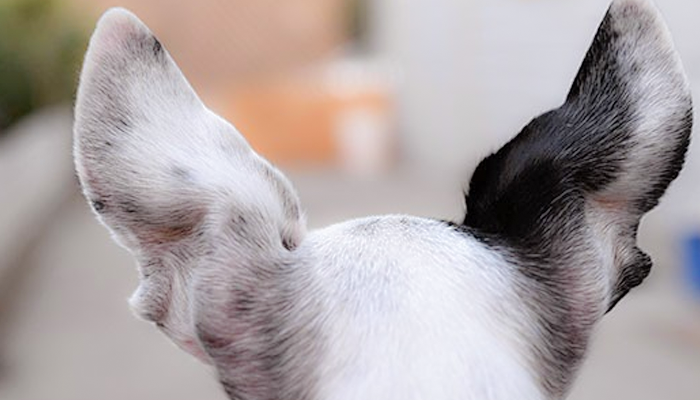A Primer On Prostate Issues
Prostate problems in dogs are most likely in middle-aged to older intact male dogs.
The prostate is a ball-shaped gland that surrounds the urethra as it passes out of the bladder. The prostate produces fluid that protects the sperm and makes up a large percentage of the seminal fluid.

Prostatic hypertrophy
The most common prostate problem is benign c or BPH.
In this condition, the prostate gland has increased in size over time because of exposure to the male hormone testosterone. The prostate gland can also become larger due to cancer or infection (known as prostatitis).
What does it look like
Signs of prostate disorders in dogs are similar in all three conditions: BPH, prostate cancer, and prostatitis. Early symptoms usually include straining to urinate or having a bowel movement because the enlarged prostate can squeeze the urethra or push up on the rectum. Dogs often urinate frequently, passing only a small amount each time.
An enlarged prostate can also put pressure on nerves in the pelvis, leading to pain or weakness in the rear legs.
Other possible signs of prostate cancer and prostatitis include fever, sluggishness, and poor appetite. In addition, dogs with prostatitis often have urinary tract infections that keep coming back and sometimes a milky or bloody discharge from the penis.
How is it diagnosed
Your veterinarian can gauge the size of the prostate gland and check for signs of pain or inflammation by inserting a gloved finger into the rectum. In many cases, x-rays are helpful to measure the size and shape of the gland more accurately. In addition, a urine sample can be examined for signs of infection, inflammation, or cancerous cells.
How is it treated
Neutering is a key part of treatment.
It can dramatically reduce the size of the prostate in BPH, as well as speed recovery of prostatitis. However, if the prostate is infected or abscessed, a long course (many weeks) of antibiotics may be needed. Prostate cancer can be very aggressive and challenging to treat.
Fortunately, having your male dog neutered can easily prevent most prostate problems.
Related articles:
A Primer on Prostate Cancer
Straining to Defecate in Dogs: From The Case Files—What The Prostate Exam Revealed
Further reading:
Prostatic Disease in Dogs

Just one more reason to neuter your dog! I hadn’t realized that dogs could have prostate issues. Thanks for sharing.